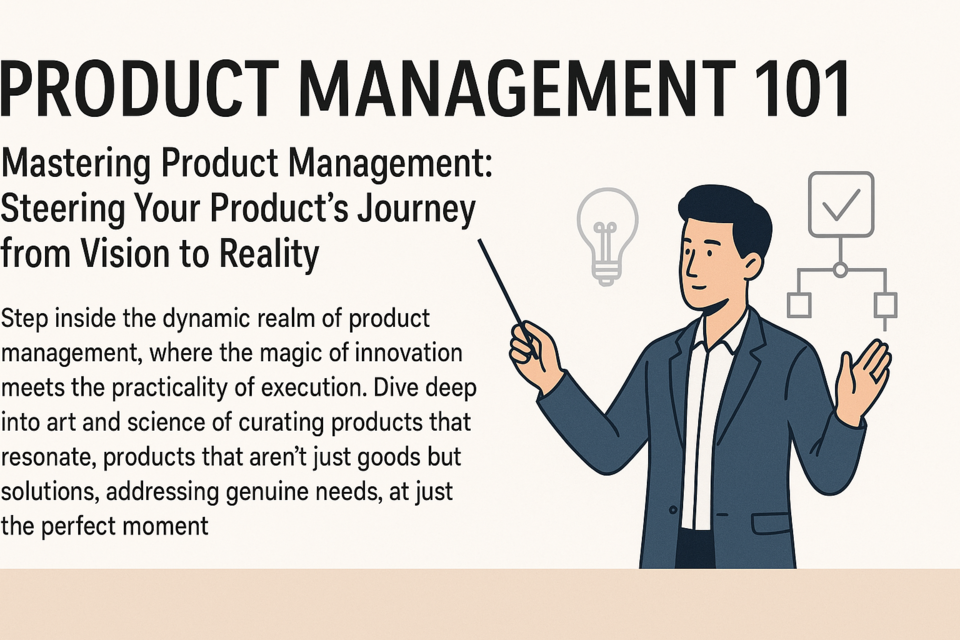Introduction
Businesses are realizing more and more the need to choose good employees from the outset in order to build a team environment that is highly productive and competent. It has been proven that the interview process is the most unreliable form of employee selection that exists. Many managers believe that they can choose the right person for the job by just meeting someone; however, I/O psychologists know that personal perceptions and opinions often shade these important decisions.
A manager may feel inclined to hire an interviewee because they attended the same college, like the same football team or have similar personality traits. These personal preferences are not an indication of whether a person has the ability to do the job.
Many argue that the biggest requirement is the ability to get along well with others and if an interviewer likes the interviewee, then they indeed are the right person. This is true in some aspects and if there are multiple candidates with similar qualifications, then personality may be the deciding factor, however there is much more to being qualified for specific jobs than personal preference.
In this lesson we will discuss the tools most important to finding and keeping the right employees for any company. The uses of all the methods below are important in making the right choices in employee selection.
Learn It
Proper Job Analysis
Good hiring and performance appraisal starts here. Many companies skimp on this step, particularly if they are refilling a position or evaluating the performance of an employee who has been doing the job for many years. The manager believes that since the job was already in place they already know what is required for it, however, the requirements might have changed considerably since the job was last filled.
Other things will influence the need for a re-analysis of various positions within a company, some of these include: changes in the market, a change in company direction, the expansion or reduction of a company's workforce, or changes in employment law. Any of these factors may influence a need for upgraded skills or increased compensation.
Job analysis also looks at the proper compensation that should be offered and what training may be required to learn the position or to upgrade a current employee's skill to the required level. A proper and thorough job analysis will make the task of hiring the person with the right skill set much easier in the long run. It will also aid in recruitment.
The following are all aspects of a thorough job analysis:
- Determining Training Needs.
- Compensation Identification.
- Selection Procedures.
- Performance Review.
Some methods used by I/O psychologists and HR specialists to perform a thorough job analysis include:
- Review of Job Classification Systems.
- Incumbent Interviews.
- Supervisor Interviews.
- Expert Panels.
- Structured Questionnaires.
- Task Inventories.
- Check Lists.
- Open-Ended Questionnaires.
- Observation.
- Incumbent Work Logs.
A clear definition of the position and a candidate profile for the job in question should be organized efficiently so that advertisements and recruiting efforts are concise. If the requirements for the position are clear this will narrow the search down considerably. Depending on the current job market, any one position may be applied for by hundreds of candidates, thus, the more descriptive the advertisement or description given to a recruitment firm the better. The description and profile will also be used later for resume analysis and interviewing.
Resume Analysis
With a complete candidate profile and job description established, the process of resume sorting will be much easier and faster than it would be otherwise. In large companies a HR (Human Resources) manager usually performs the task of screening resumes for a department head or manager in search of a new employee. The HR person then gives those resumes that best meet the requirements for the position to the department manager for final say on who should be called in for an interview and which applicants are not suitable. Since the resume is the only way to make this crucial decision of who is chosen for further investigation and who is not, it is very important that this document is analyzed well from the start.
In order to sort through the available resumes it is vital that several points be taken into consideration:
1. Does the applicant have the desired skill?
2. Do they have the required education and experience?
3. Do they have good written communication skills?
4. Did they include a customized cover letter?
5. Has the candidate paid careful attention to details when writing their resume? Is their grammar and spelling near flawless?
6. Do their salary requirements meet the position's established compensation?
These points need to be considered when short listing recruits. Number three and four has much less relevance now than it did in the past. Most job hunters pay professionals to write their resumes, thus one cannot be sure if it was the candidates writing skills or those of the individual they hired that are exceptional, which is why many companies request a writing test during an interview (more on this in the next topic).
Often two stacks of resumes are short listed by HR. The first stack is comprised of the candidates most suitable for the job and the second pile is made up of others who have the potential to do the job but may be missing a few elements. The reasons for the second stack are two-fold. Sometimes the most deserving candidates turn out to be wrong for the job once they have been thoroughly interviewed. Also employers may be willing to hire a less qualified individual because their salary requirements are not as high or they have a good combination of skills that may be better for the position in the long run. If the position is not one of a highly technical nature, this is a viable option; however, some positions cannot compromise on qualifications. If many resumes for the position are coming in at higher salary ranges than offered, it is a sure sign that the compensation needs to be adjusted to pull in more qualified individuals.
Interviewing Procedure
Once several possible candidates have been narrowed down, interviews are then scheduled, usually starting with the most deserving and qualified people for the job. Many companies are opting for telephone pre-interviews due to time and schedule restraints. This allows for further investigation of qualifications and a feel for the person's ability to communicate before taking their time and the manager's time for an in person interview.
Again, as with screening resumes, larger companies start with a HR screening interview before the candidate actually meets the person they would be working for directly. Many companies schedule several interviews on one day. Depending on the company and the requirements of the job, testing may be done before or following an interview or these tasks may be handled by an outside employment agency. Volumes have been written on the subject of interviewing techniques and several good sources have been cited in the Other Resources section of this lesson.
At the very least, most companies ask candidates relevant questions to determine if their resume matches their skills and to learn more about previously held positions. Interviewers also take this time to clarify any questions they had about the candidate's resume such as gaps in employment or promotions. It also provides an opportunity to let the candidate ask questions about the position and the company.
The role of an I/O psychologist in the interviewing procedure is to create appropriate questions that would indicate the candidate's appropriateness for a particular job. They will also provide testing and facilitate the appropriate set of tests for each position and ensure that all interviewees are treated with respect, equality, and fairness during the interview process. Additionally, they may coach managers who are taking interviews of the candidates on what behaviors to watch for or what answers send up red or green flags.
Testing
If the interview portion of the employee selection process has gone well, many companies will request that the interviewee(s) take one or several tests. Testing of candidates has become the rule rather than the exception in the last few years. Testing for employee selection can be minimal or quite extensive, depending upon the position.
Some standard tests that are given are personality tests, skills tests, emotional stability tests, and writing tests. If the position is of a technical nature, tests geared towards specific technological abilities are given. Testing candidates help employers establish expertise in a particular area and also to eliminate those whose skills may not be at the desired level. Tests must not be slanted or biased in any way; they may not ask questions of a purely personal nature or be designed to "trick" the candidate in any way. Depending on the type of position, moral testing, personality testing, and drug and alcohol testing might also be administered.
Post Interview Assessment
If an appropriate candidate stands out from other interviewees for the position and they have tested well, most companies will check references and, sometimes, do a credit or background check. If these results are positive an offer for the position is made. However, if multiple candidates seem qualified for the job, and a quick decision cannot be made, those individuals are often called back for second, third, and even fourth interview.
Some companies will have the candidates meet others in the department and interview with multiple managers. The managers will later have a meeting to discuss the various qualities of each individual candidate before a decision is made. Many companies will have the interviewers write a "post-interview assessment report." These reports will allow comparison of each candidate's skills, personality, and qualifications for the job.
If and when one person is selected, a job offer is made and negotiations on salary and benefits usually begin. If the first person does not work out as anticipated, the job may be offered to one of the other interviewees as they are still available. Otherwise, a second round of interviews will then take place until a suitable individual is found for the position.
Conclusion
While the task of employee selection may seem daunting and very involved, it has become so because the simple process of interviewing has not been shown to yield great results in finding long-term employees. Many companies are realizing that time, expense, and expertise spent during the hiring process is well spent if they are rewarded with an employee who will bring a higher level of productivity to not only their own position, but to the betterment of the company as a whole.
Low turnaround is much preferred over quick decisions in regard to new employees, and the higher the position, the more time must be invested in finding the right person for the job. The I/O psychologists, by the very nature of their training and education, are perfectly suited for helping companies hire employees that will reap long term benefits to a company's current and future goals. They also ensure that fairness and equality in hiring is adhered to and that there are no violations of employment law.






























